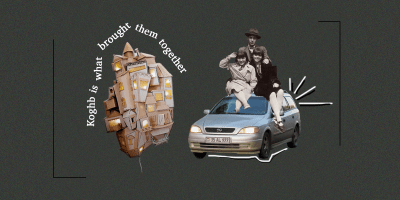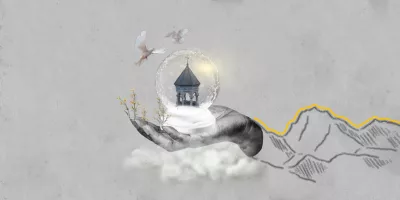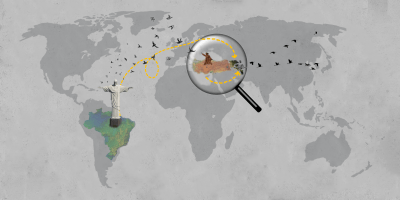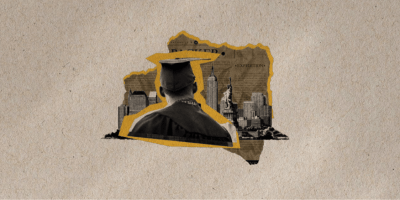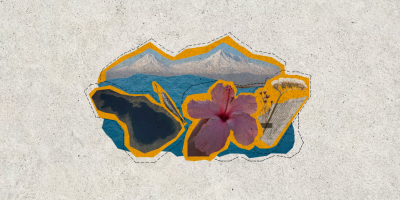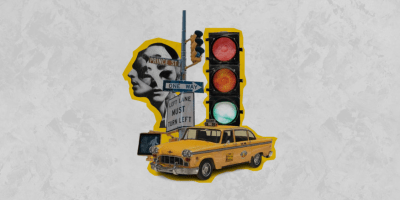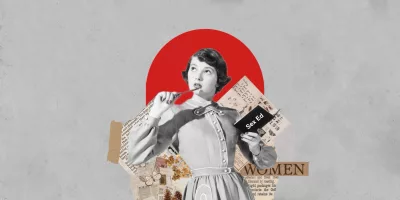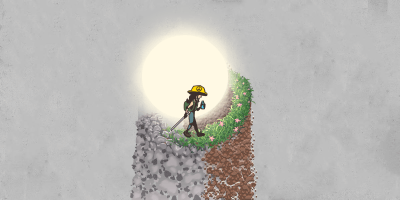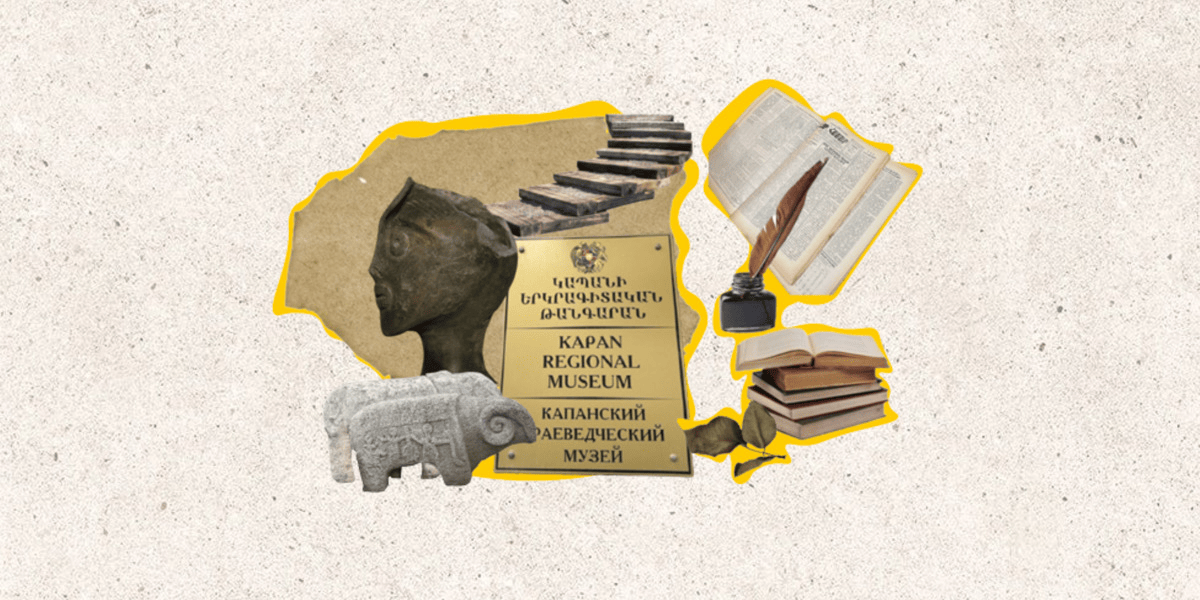
Kapan Regional Museum, also known as the Kapan Museum of Regional Studies, is one of Armenia’s less-known but most fascinating and unique museums. The museum is an important institution in the Syunik Province of Armenia.
Since its establishment in 1969, the museum has become a significant cultural and historical landmark in the region. Under the leadership of its director, Alyosha Hayrapetyan, the museum is home to a vast collection of artifacts, documents, and exhibits that reflect Kapan’s and Syunik’s rich history and culture.
The museum is easily accessible through various modes of transportation, and its location and open hours can be found on Google Maps.
Outside the museum, a rare collection of stone monuments is displayed alongside several ram-shaped tombstones, medieval Armenian cross-stones known as khachkars, a sarcophagus from the first millennium B.C, and even a phallus. One can learn much about the region’s rich history even by looking at detailed engravings on these rocks.
Inside, the museum showcases artifacts and exhibits narrating Kapan’s rich history and culture, which reflect on a broad range of topics, including prehistoric times, the medieval period, and modern-day Kapan.
From the stone age to the 21st century, all eras have also found their way here. Visitors can discover ancient coins, traditional clothing, tools, weaponry, and other recent archaeological findings that provide insight into Armenia’s language, literature, and culture.
One of the museum’s highlights is the black anthropomorphic jar that dates back to the ninth or eighth century, a unique and original exhibit of the Urartan period. The pot is made of black clay and is an anthropomorphic vessel of ritual worship. The pot’s image of a five-pointed star atop the pot symbolizes the elements of nature: air, water, fire, and earth.
Additionally, the five-pointed star represents logos – speech, thought, intelligence, word, and science. Although part of the forehead and nose is broken, it is clear that the jar depicts a female’s head. The artifact was found in Kapan’s Builders’ Quarter, specifically at Teghut, also known as Cheremushka.
The black anthropomorphic jar is a fascinating and essential artifact, reflecting the religious and cultural practices of the Urartan era. It provides insight into the beliefs and rituals of the people who lived during that period and their connection to the natural world.
The museum hosts various events, workshops, concerts, and lectures on Armenian history, culture, and art. These events allow visitors to learn more about Armenian culture and interact with the local community. The newly appointed museum director continues the noble job of his predecessors, one being a famous historian and writer, Grish Smbatyan, in developing the museum and designing new exhibits and opportunities for locals and visitors to have a firsthand experience of historic Syunik.
When asked about the museum’s difficulties, the director highlighted the need for additional funding and support. Even after recent donations of showcases, the museum still needs sufficient conditions for the storage of collections․ Sadly, many artifacts are still “stacked” on each other and not adequately displayed to the public. According to Hayrapetyan, the museum’s building is too small, and since, over the years, the museum’s collection has significantly increased, the need for a new space, preferably in the city center, is urgent. Additionally, the museum doesn’t have a web page, making it harder to make it more accessible and open to the public.
The Kapan Museum of Regional Studies is an essential institution that reflects Kapan and Armenia’s rich and diverse history. Its vast collection of artifacts and other exhibits is a testament to the region’s unique culture and heritage. Whether you are a history enthusiast, an art lover, or simply curious about the world, the Kapan Regional Museum is a must-visit destination while visiting Armenia.
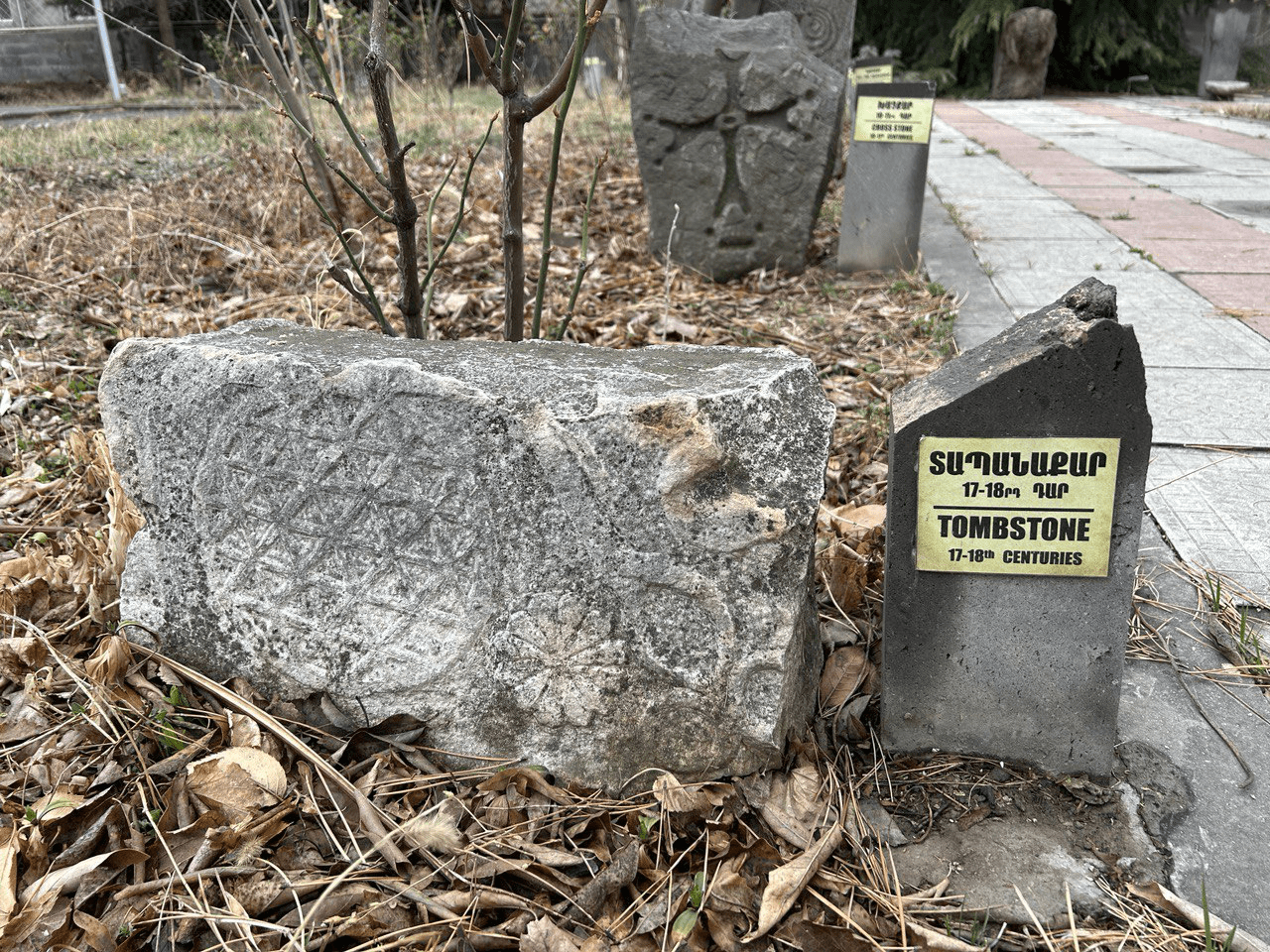
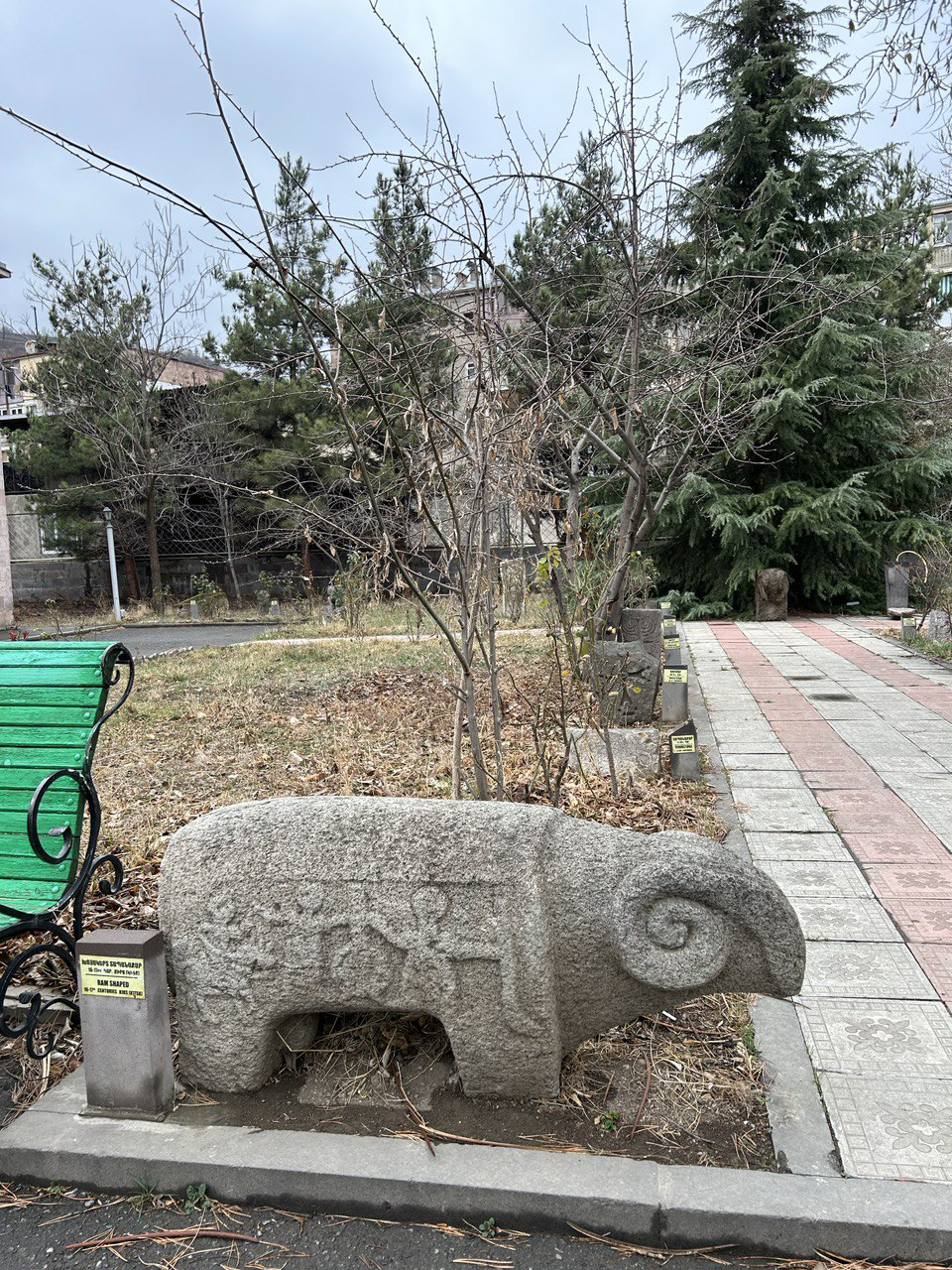
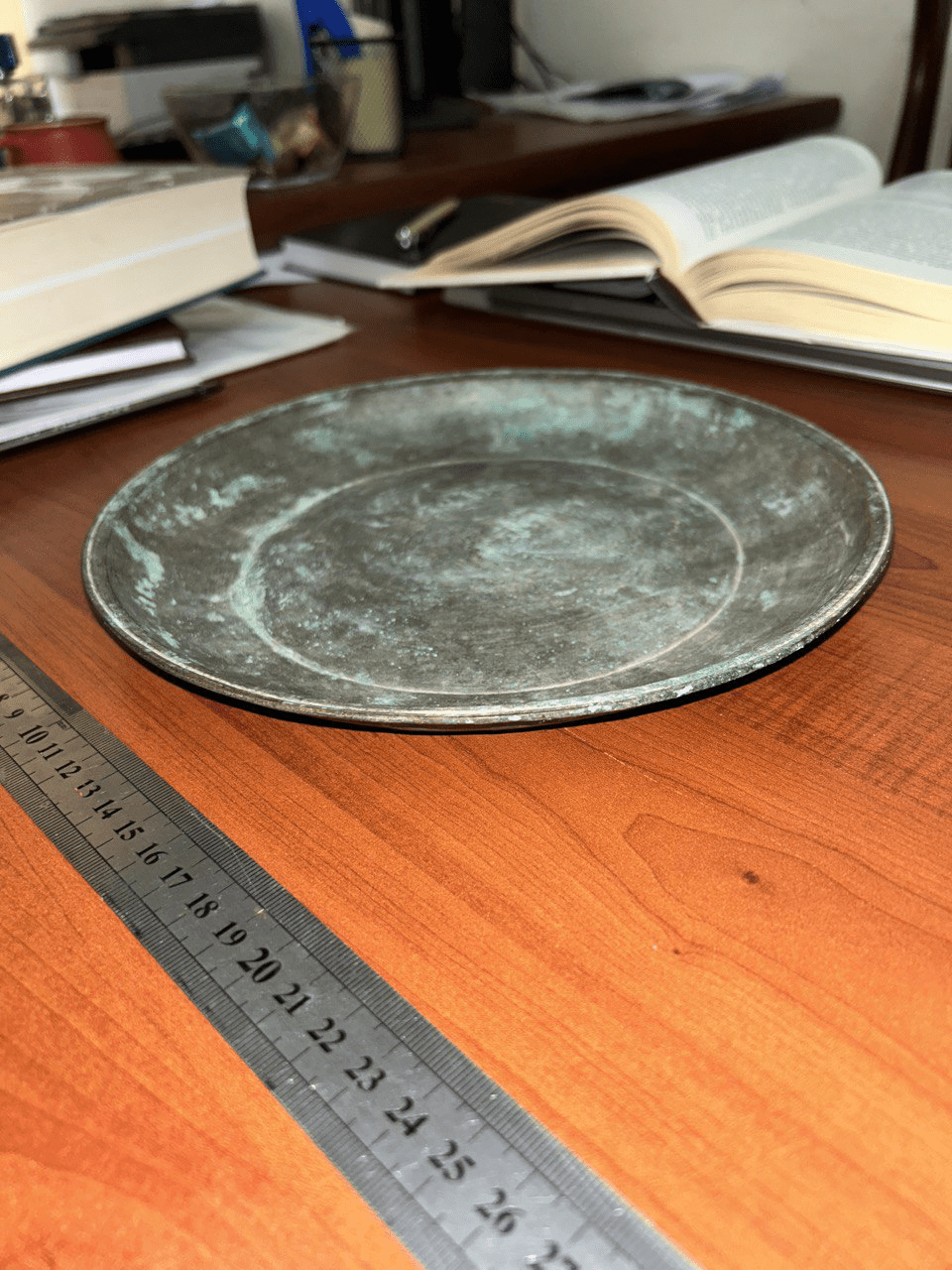
Hrach Arzumanyan captures images of the exhibits at the museum in Kapan, Armenia. (Photo/Hrach Arzumanyan)

